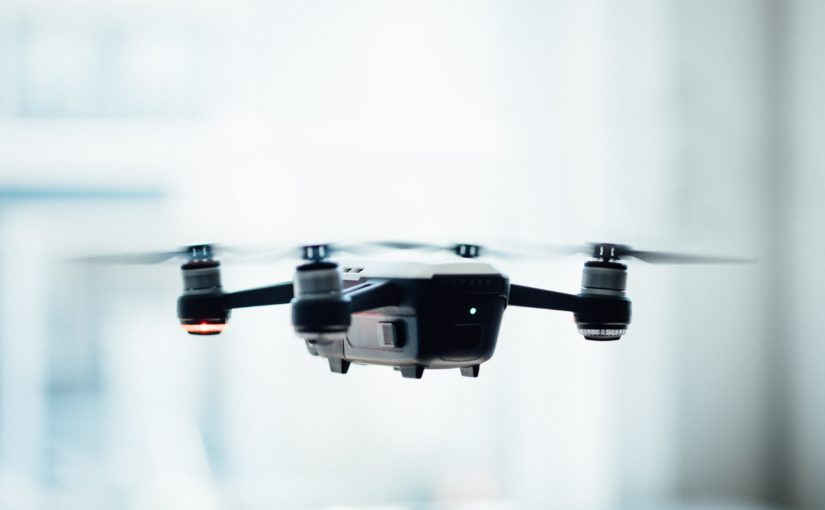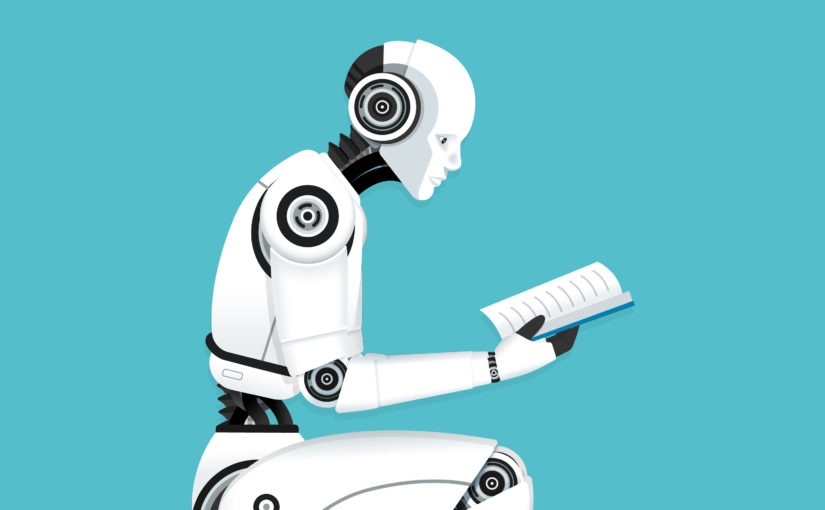Another sample from my upcoming thesis on AI Safety and Buddhism:
Beyond all those, there is the prospect of an AI arms race, which is already in the making. Sensing the decisive advantage a nation with AI can have over its foes and competitors, defense bodies and governments around the world are already investing in developing and weaponizing AI systems. This, of course, is a surefire way of circumventing safety procedures and pushing for faster, less considered development.
In his book An Army of None, author Paul Scharre describes the mad race among armies to develop and deploy autonomous weapons in the air, sea, and on the ground:
More than thirty nations already have defensive supervised autonomous weapons for situations in which the speed of engagements is too fast for humans to respond. These systems, used to defend ships and bases against saturation attacks from rockets and missiles, are supervised by humans who can intervene if necessary—but other weapons, like the Israeli Harpy drone, have already crossed the line to full autonomy. Unlike the Predator drone, which is controlled by a human, the Harpy can search a wide area for enemy radars and, once it finds one, destroy it without asking permission. It’s been sold to a handful of countries and China has reverse engineered its own variant. Wider proliferation is a definite possibility, and the Harpy may only be the beginning. South Korea has deployed a robotic sentry gun to the demilitarized zone bordering North Korea. Israel has used armed ground robots to patrol its Gaza border. Russia is building a suite of armed ground robots for war on the plains of Europe. Sixteen nations already have armed drones, and another dozen or more are openly pursuing development.
—
Paul Scharre, Army of None: Autonomous Weapons and the Future of War, W. W. Norton & Company (Kindle Edition), pp. 4-5.



